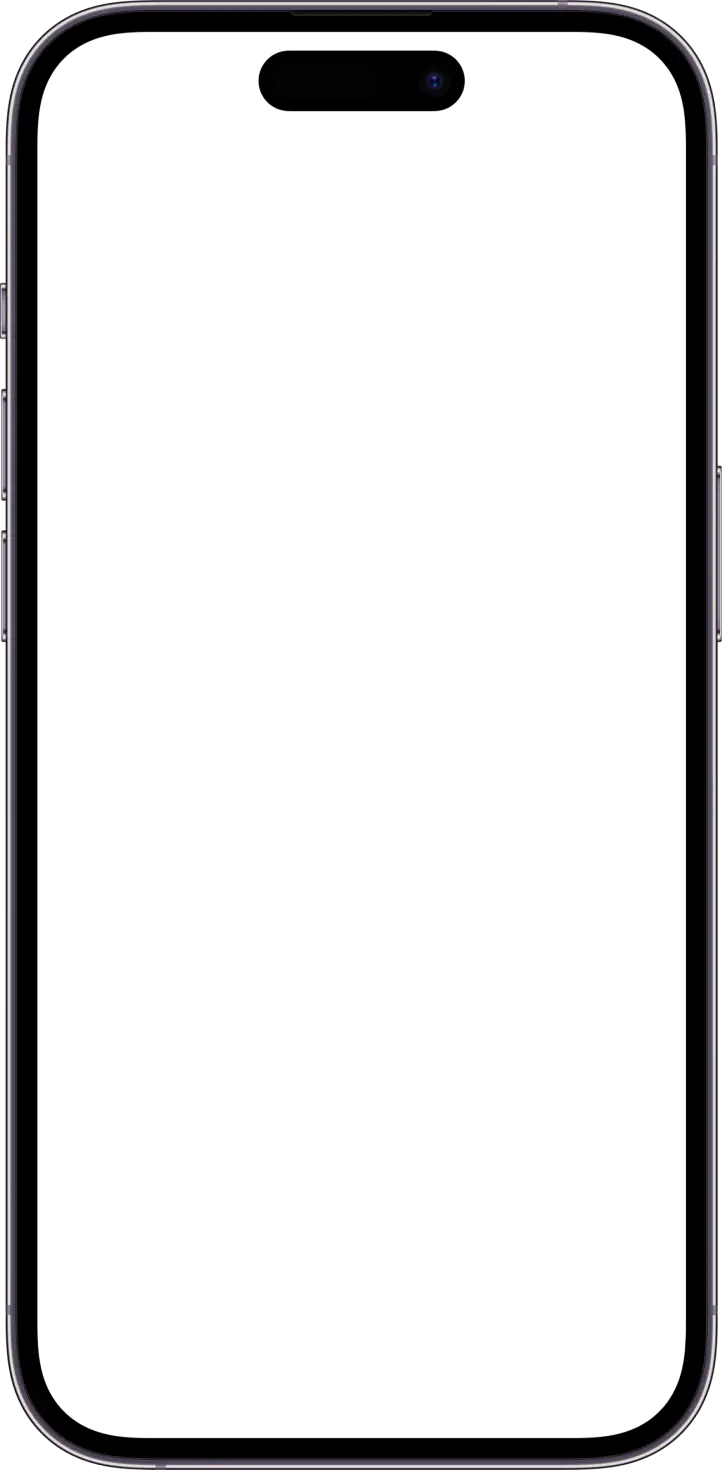
Cross-Platform Mobile App Redesign • 2025
Wildflower Health's white-labeled pregnancy and wellness app was in need of a rebuild, and the team had a tight timeline and a lean budget. Engagement was low, with monthly active users hovering around 25–30% across clients, well below the company's 50% target.
I ran a focused UX audit and delivered a rapid redesign, streamlining navigation, tightening visual hierarchy, and prioritizing high-impact improvements that aligned with the constraints of the rebuild.
The result: Clearer workflows, improved usability, and a scalable foundation for their new tech stack to set the stage for stronger engagement and a path toward their goal.
Note: The team is in development, so any ROI metrics are an estimate.
Role
Fractional Product Designer
Timeframe
~6 weeks
Team
Senior Product Manager, Director of Content, VP of Marketing
App Reach
~50k users
The starting point
Clarity through a UX audit and strategy workshops
Wildflower’s app was cluttered and hard to scale. I reviewed internal journey maps, care plan workflows, and engagement data to ensure recommendations balanced clinical priorities with user needs.
From there, I ran a UX audit to uncover and prioritize key issues, sharing a redesign plan that fit both the tech stack and timeline.
I also led strategy workshops to align the team on personas, user flows, and scope, ultimately focusing on pregnancy users while deprioritizing general wellness to keep the project manageable.


The Task-Oriented Planner
Whether pregnant or managing other health needs, they value structure and timely updates to keep care plans on track.
The Reassurance Seeker
Navigates anxiety, high-risk care, or major life transitions. They need clear guidance and frequent reassurance to feel confident in their next steps.
The old app felt dated and lacked a system to support key user needs. I created a modern, reusable visual system that makes health info clear, improves usability, and sets up a scalable foundation for future updates.


Redesigned the homepage to scale with any user state


I reworked a cluttered, click-heavy system into a simple, inviting tracker experience.
Users can now log items directly, see what matters most based on their care plan, and preview postpartum tools.
The design also adapts for unique needs like chronic condition tracking.

Streamlined navigation with user & business needs in mind
Users were getting lost in the original experience. Essential features were buried, editing key details like due dates took too many steps, and the cluttered menu caused frustration and drop-off. I prioritized navigation based on user needs and frequency, aligned the team on a simpler structure, and moved lower-priority items into a clean hamburger menu to reduce friction.
The result: A more focused, approachable app experience that feels easy to navigate because its intuitive, not overwhelming.
Designing for impact
Smarter UX leads to stronger outcomes
This project was about solving business and user problems through smart strategy and focused execution.
I started with strategy, not screens
I prioritized business goals and user needs
I designed a scalable system, not just static mocks
I delivered smart solutions (not just what was asked, but what was needed)


















